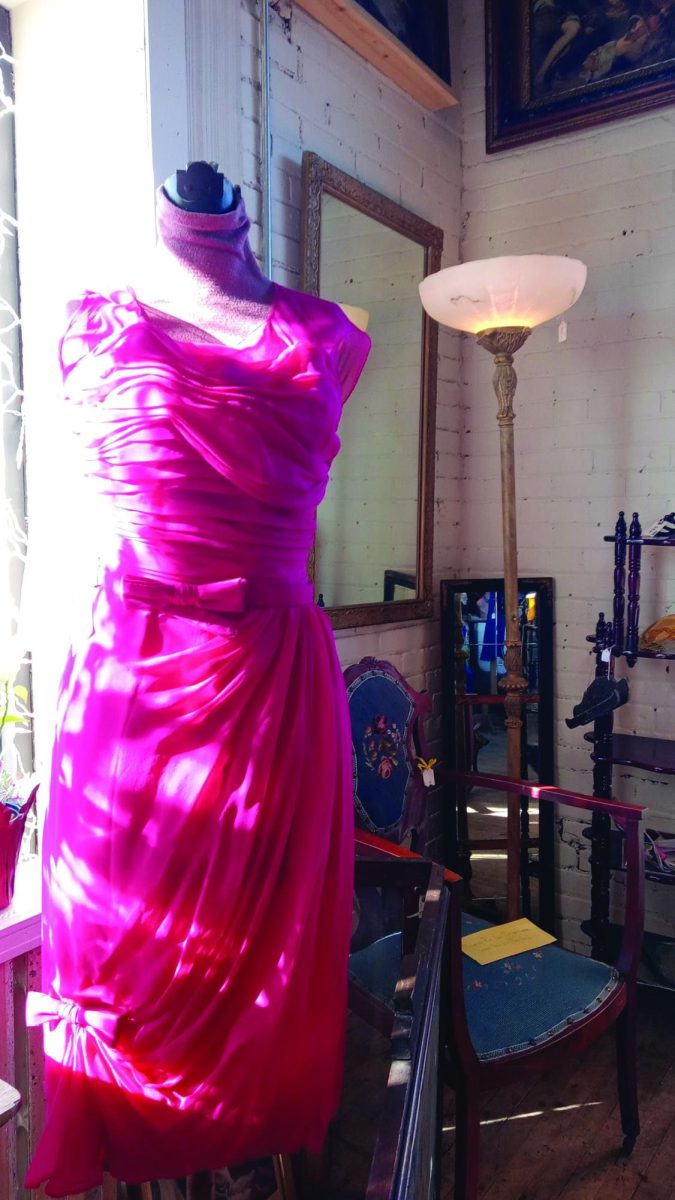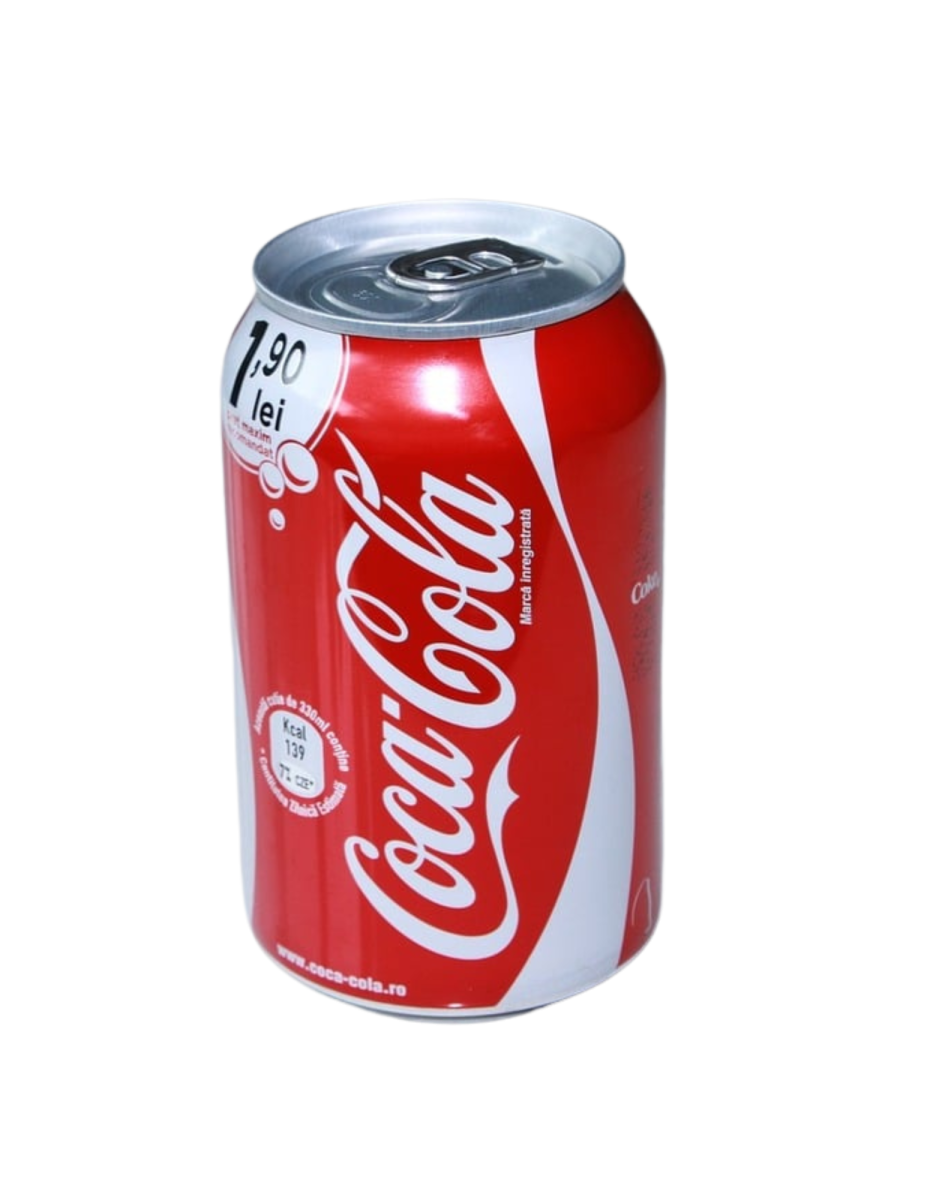Plagued by noticeable surges in clothing prices, the current wonders of the shopping experience are questionable. The repercussions of supply and demand, the pandemic, and inflation are the reasons for the increase in clothing prices. However, fast fashion has cultivated a solution. A way to increase the volume of clothing produced and their variety, while decreasing the prices. Fast fashion industry closely follows fashion trends as they come and go, sky rocketing their production. This type of market rushes every aspect of clothing design, distribution and marketing. It produces cheaper items that are not built to last more than a couple wear. The deliberately low prices are a byproduct of cheap materials and cheap labor used to produce the clothing. While fast fashion is always new and exciting, appealing to the current trends, it promotes consumerism. Purchasing these rushed, temporarily popular items made of low-quality materials leads to tons of discarded clothing. It drives the worst aspects of consumerism, maximizing fast fashions’ negative impact on our planet. Analysis by Business Insider concluded clothing production is responsible for 10 percent of global carbon emissions. Textile production emits 1.2 billion tonnes of greenhouse gasses annually, and 85 percent of all textiles are thrown away and end up in landfills. Water, microplastics and energy are the main components of pollution. Fast fashion depletes non-renewable resources such as water, requiring 700 gallons to produce one shirt and nearly 2000 gallons for a pair of jeans. Leftover dye is dumped into ditches, streams, and rivers, and microplastic from polyester, nylon and acrylic are fed into the ocean to be consumed by marine life. These plastics then take hundreds of years to biodegrade.
These wasteful aspects of the textile industry detail the never-ending process of buying and discarding clothing. Despite the convenience of fast fashion, thrifting is a much more reliable way people can combat their global footprint. Instead of buying from fast fashion brands such as Shein, H and M, Forever 21, ZARA, Urban Outfitters and many other popular fast fashion brands. Shopping locally can support your community and have longer lasting options in your closet. It’s ok to buy from these brands from an affordability perspective, but keep in mind the longevity of the item and its quality. No one can predict long lasting trends, but customers should make clothing choices based on their preferences, not the current trend. Buying from local stores such as Goodwill, Seeds of Hope, Uptown Vintage, Plato’s Closet or even online stores such as Depop or ThredUp reduces landfill waste and benefits the environment.
Donating clothing is as essential as buying from thrift stores as it improves the variety of clothing in stores and protects thrifting’s reputation. Second hand clothing is not unhygienic if you avoid undergarments and wash the pieces before you wear them. Regarding thrifting as dirty and something for impoverished people is a nasty mindset. The stigma around second hand clothing is easing over time, but remember, you are no better buying a cheap, low quality item over an equally expensive second hand one.
Another option would be antiques for more than just clothing. “Antiques are the physical presence of our sentiment. We can see, feel, and touch things we remember fondly. They are more environmentally friendly as well. Many of the old things hold up well and have for many years. They are well made, furniture in particular. If you need an example, the machinery that lifts the elevator in our antique building is from the 1930s. And in Eggers Electric shop the small brake press is probably from the turn of the century, about 1900s. It works beautifully. You don’t really want to be wasting especially at the rate we are going at. For sustainability purposes,” Ann said.








